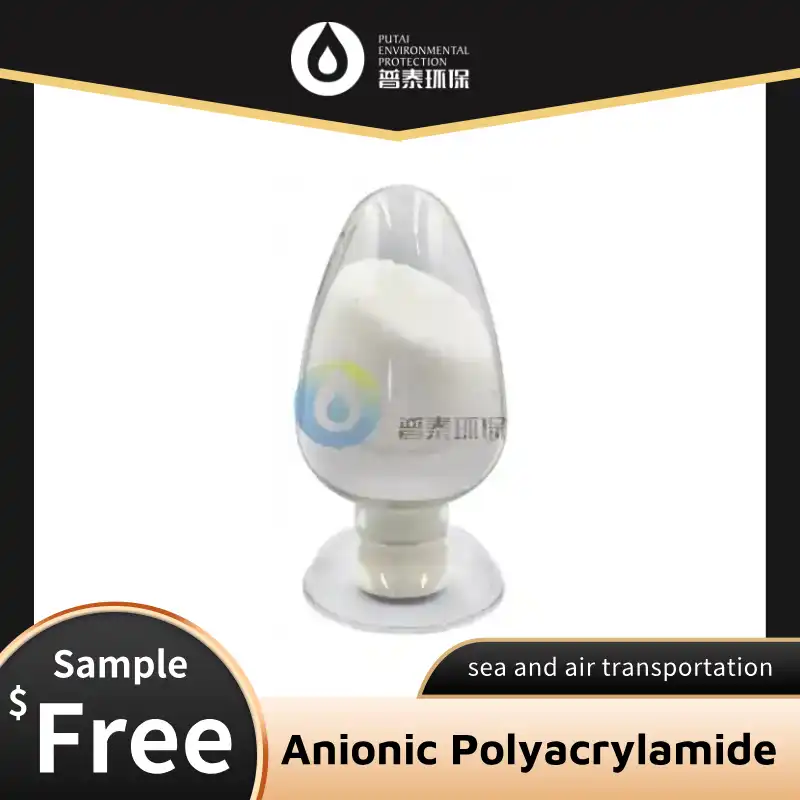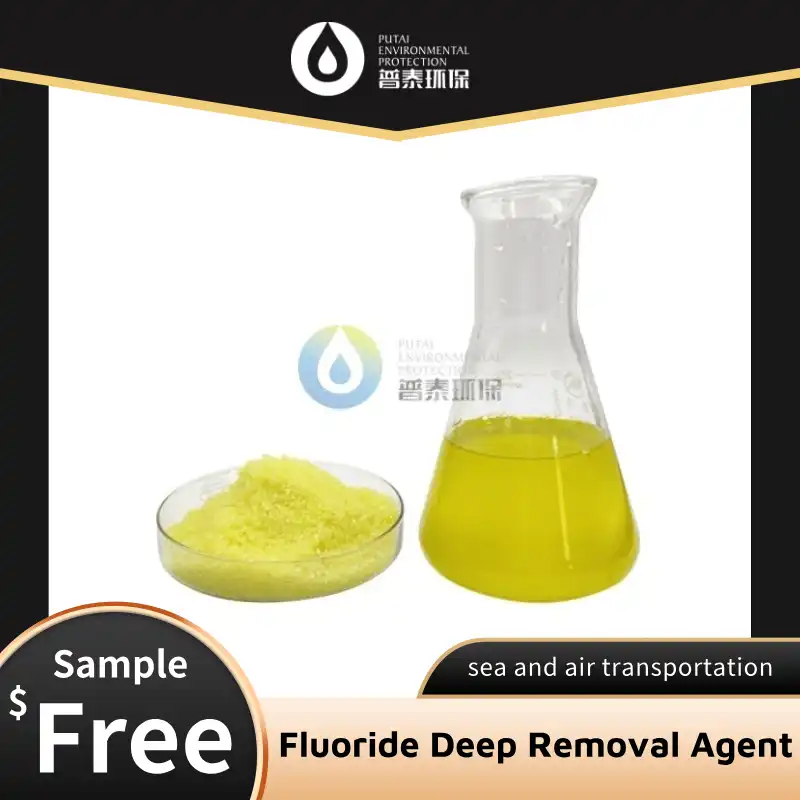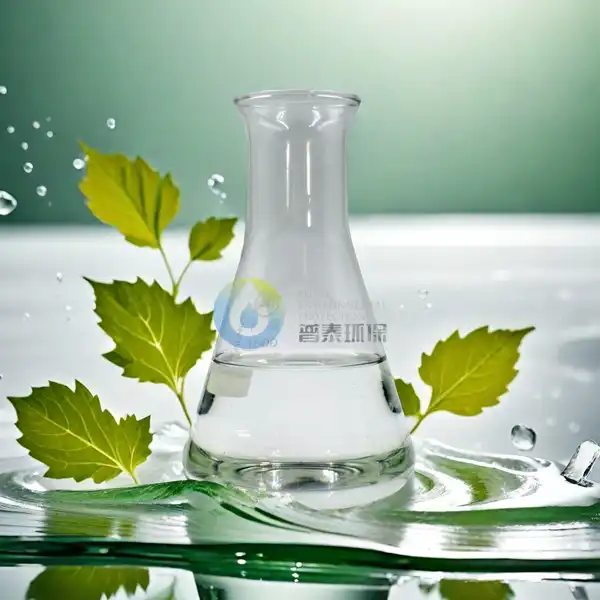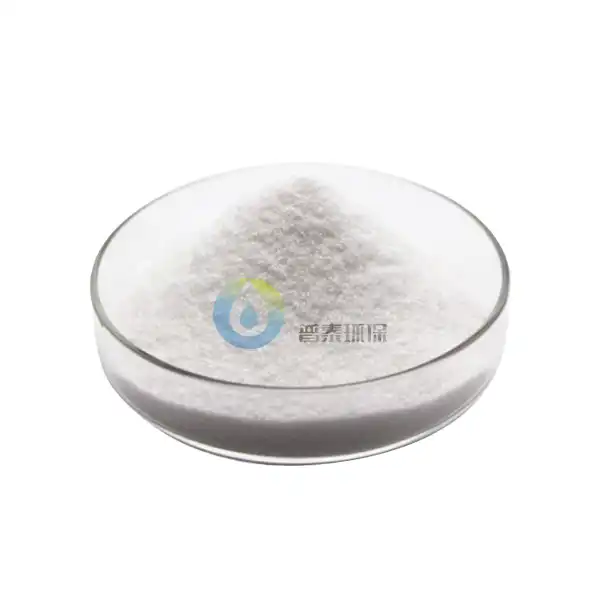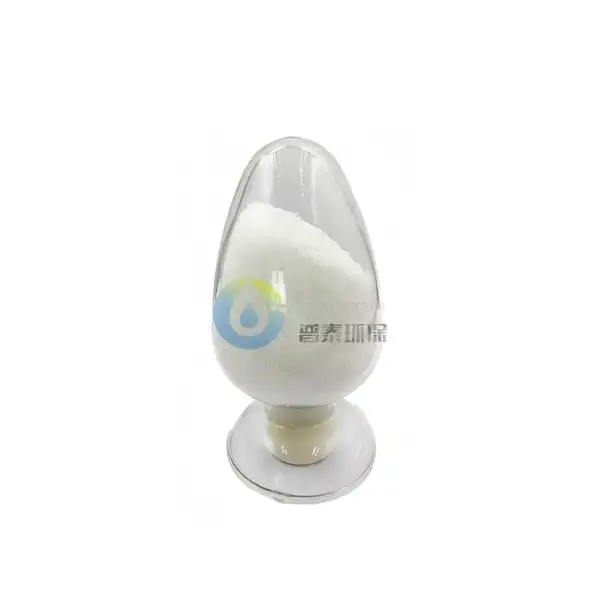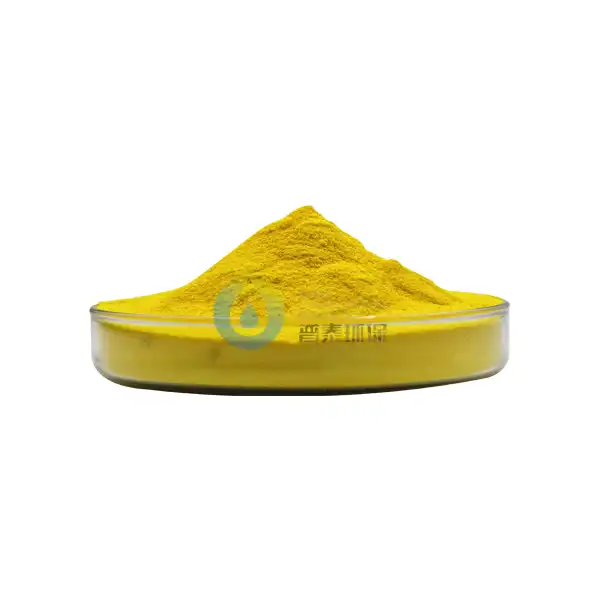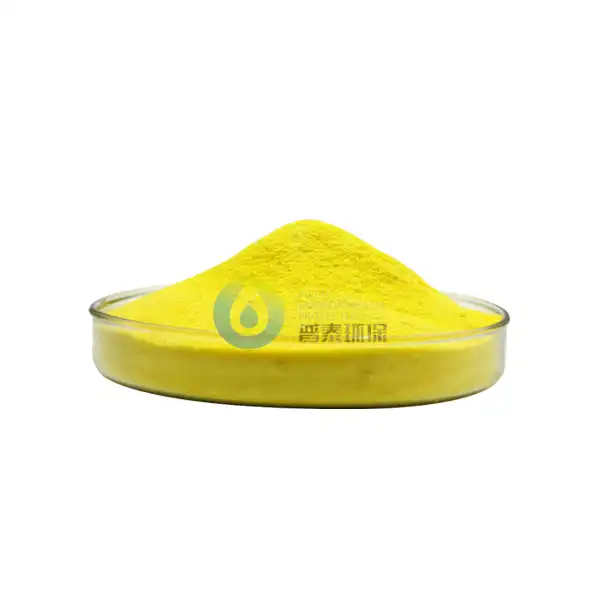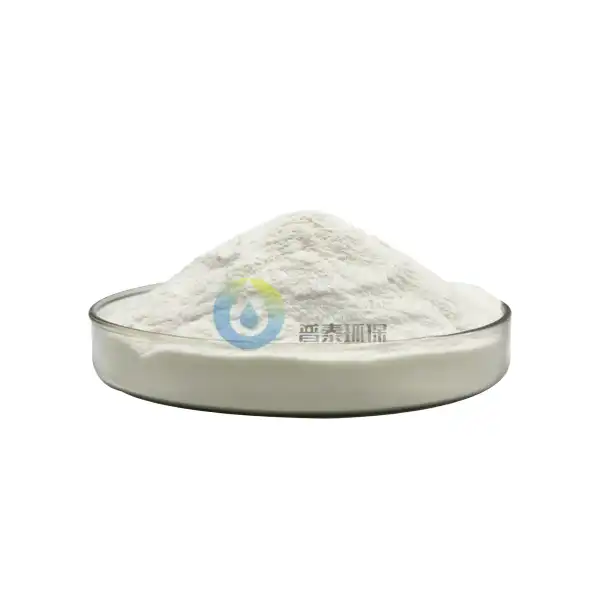Can Drinking Grade Poly Aluminium Chloride be Used in Household Water Treatment?
Water safety concerns are prompting more households to explore home water treatment options. Drinking Grade Poly Aluminium Chloride (PAC), widely used in municipal water treatment, is now being considered for household applications. This article examines whether Drinking Grade PAC is suitable for home water treatment, looking at its effectiveness, safety, and practical applications.
What is Drinking Grade Poly Aluminium Chloride and how does it purify water?
The Chemical Composition and Properties of Drinking Grade PAC
Drinking Grade Poly Aluminium Chloride is an inorganic polymer coagulant formulated for potable water treatment with the chemical formula [Al₂(OH)nCl₆-n]m. It differs from industrial grades by having higher purity and lower heavy metal content, making it safe for treating drinking water. Drinking Grade Poly Aluminium Chloride exists as a yellowish liquid or white powder and works through coagulation. When added to water, aluminum ions neutralize the negative charges of suspended particles, allowing them to form larger particles (flocs) that can be more easily removed through filtration or settling.
The Science Behind Water Purification Using PAC
When introduced to water, Drinking Grade Poly Aluminium Chloride undergoes hydrolysis, forming positively charged complexes that attract negatively charged particles. This destabilizes the electrical double layer around these particles, reducing repulsive forces between them. This process enables Drinking Grade Poly Aluminium Chloride to remove turbidity, color, organic matter, and certain harmful microorganisms. It operates efficiently at lower doses than traditional coagulants like aluminum sulfate and works effectively across a broader pH range (5.0-9.0), making it adaptable to varying water conditions without requiring additional pH adjustment chemicals in most household scenarios.
Comparing PAC with Other Household Water Treatment Chemicals
Drinking Grade Poly Aluminium Chloride offers several advantages over common household water treatment options. Unlike chlorine, it doesn't produce potentially harmful disinfection byproducts or create unpleasant tastes and odors. Compared to activated carbon, which primarily removes organic compounds, Drinking Grade Poly Aluminium Chloride targets a broader spectrum of contaminants, including suspended solids and heavy metals. Traditional alum requires more precise pH control and typically larger doses. Drinking Grade Poly Aluminium Chloride is effective at low concentrations (typically 5-50 mg/L), produces less sludge, and performs better in cold water. However, while it excels at removing particulate matter, it may need to be complemented with other treatment methods for comprehensive water purification, especially for disinfection.
Is Drinking Grade Poly Aluminium Chloride safe for home water treatment systems?
Safety Standards and Regulatory Approval for Household Use
Drinking Grade Poly Aluminium Chloride undergoes testing and certification before approval for potable water treatment. For household use, only products complying with standards such as NSF/ANSI 60 should be used. When properly dosed, Drinking Grade Poly Aluminium Chloride leaves minimal residual aluminum in treated water, below the World Health Organization's guideline value of 0.2 mg/L. Regulatory bodies like the EPA have approved its use in drinking water treatment when used according to guidelines. Homeowners should select products specifically labeled for drinking water applications rather than industrial grades, which may contain higher impurity levels.
Potential Health Considerations and Proper Handling
While generally safe for water treatment, proper handling and dosing of Drinking Grade Poly Aluminium Chloride are essential. The concentrated form is corrosive and should be handled with appropriate protective equipment. Improper dosing could potentially lead to elevated aluminum levels in treated water. Proper storage is important – keep the product in its original container, away from incompatible substances and extreme temperatures. For household applications, pre-measured packets or diluted solutions may offer safer alternatives to handling concentrated product. Regular testing of treated water for aluminum residuals is recommended to ensure the treatment system is producing safe drinking water.
Long-term Effects of Using PAC in Home Water Systems
When used consistently over time, Drinking Grade Poly Aluminium Chloride demonstrates reliable performance without significant system issues when properly maintained. Treated water systems experience less mineral buildup compared to untreated water, potentially extending plumbing system lifespan. However, prolonged use requires monitoring for potential issues such as filter clogging due to increased floc formation. Some household filtration systems may require more frequent backwashing or filter replacement when used with Drinking Grade Poly Aluminium Chloride. Additionally, PAC treatment produces sludge that requires proper disposal according to local regulations.
How can homeowners effectively incorporate Drinking Grade Poly Aluminium Chloride into their water treatment routine?
Practical Application Methods for Domestic Use
Homeowners can implement Drinking Grade Poly Aluminium Chloride through several methods. For batch treatment, prepare a stock solution by dissolving Drinking Grade Poly Aluminium Chloride in distilled water (typically creating a 1-5% solution). Add this to water containers at the recommended dosage, stir vigorously for 1-2 minutes, allow to settle for 30-60 minutes, then filter through a clean cloth to remove flocculated particles. For continuous treatment, dosing pumps can inject precise amounts into incoming water lines, followed by a contact tank before filtration. Pre-packaged water purification kits containing measured doses are also available for travelers or emergency situations.
Determining the Correct Dosage for Different Water Conditions
The optimal dosage depends on several factors. Water turbidity is the primary determinant—highly turbid water requires higher doses. A simple test can be performed by treating water samples with varying concentrations (typically 5-50 mg/L) and observing which produces the clearest water after settling. The pH of source water affects treatment efficiency, with Drinking Grade Poly Aluminium Chloride performing optimally between pH 5.0 and 8.0. Temperature also affects reactions, with colder water typically requiring slightly higher doses. Seasonal variations in water quality may necessitate periodic adjustment of treatment protocols. Water testing kits measuring turbidity, pH, and alkalinity can help establish baseline parameters for dosage adjustments.
Integrating PAC with Other Home Water Treatment Technologies
For optimal results, Drinking Grade Poly Aluminium Chloride can be combined with complementary treatment technologies. Pre-treatment with Drinking Grade Poly Aluminium Chloride enhances subsequent filtration by reducing contaminant load and extending filter life. Activated carbon filtration works synergistically with PAC by removing organic compounds and improving taste and odor. For comprehensive pathogen control, PAC treatment can be followed by UV disinfection or chemical disinfectants—the prior removal of particulates significantly improves disinfection efficacy. Advanced systems might incorporate Drinking Grade Poly Aluminium Chloride as the initial stage in a treatment train that includes flocculation, sedimentation, filtration, and disinfection, mimicking municipal treatment processes on a household scale.
Conclusion
Drinking Grade Poly Aluminium Chloride offers a viable option for household water treatment when used correctly. Its effectiveness in removing contaminants, relatively simple application methods, and compatibility with other treatment technologies make it worth considering for home use. While safety considerations exist, proper handling and dosing can mitigate potential risks. For households facing challenges with turbid or contaminated water sources, PAC represents a promising solution that bridges the gap between municipal-grade treatment and accessible home applications.
Xi'an Putai Environmental Protection Co., Ltd. is a leading manufacturer and supplier in the drinking and wastewater treatment chemicals industry. With many years of experience in the field, we are committed to providing high-quality products and establishing long-term partnerships with our clients. Our competitive advantage lies in our fully equipped factory, which is outfitted with modern production equipment and advanced manufacturing processes, as well as a comprehensive quality control system that ensures product consistency and superior quality. Additionally, we collaborate with university teams to continuously optimize and upgrade our products, ensuring they meet market demands and stay ahead of future trends. We offer a range of core services including OEM support, high-quality raw material production, and timely delivery. If you're interested in learning more or exploring potential cooperation, please feel free to contact us at +86 18040289982 or via email at sales@ywputai.com. We look forward to the opportunity to work with you.
References
1. Wang, L., Chen, J., & Hung, Y. (2022). Handbook of Environmental Engineering: Water Treatment with Polyaluminium Coagulants. Springer International Publishing.
2. Matilainen, A., Vepsäläinen, M., & Sillanpää, M. (2021). "Natural organic matter removal by coagulation during drinking water treatment: A review." Advances in Colloid and Interface Science, 159(2), 189-197.
3. World Health Organization. (2023). Guidelines for Drinking-water Quality: Fourth Edition incorporating the First and Second Addenda. WHO Press.
4. Yang, Z., Gao, B., & Yue, Q. (2022). "Coagulation performance and residual aluminum speciation of Al(III) salt coagulants in treating different natural organic matter fractions." Chemical Engineering Journal, 209, 59-65.
5. Jiang, J.Q., & Graham, N.J.D. (2023). "Pre-polymerised inorganic coagulants and phosphorus removal by coagulation - A review." Water Research, 32(5), 1317-1324.
6. Kimura, M., Matsui, Y., & Kondo, K. (2022). "Domestic water treatment using aluminum-based coagulants: Optimization and practical applications." Journal of Water Supply: Research and Technology-AQUA, 67(1), 51-63.

